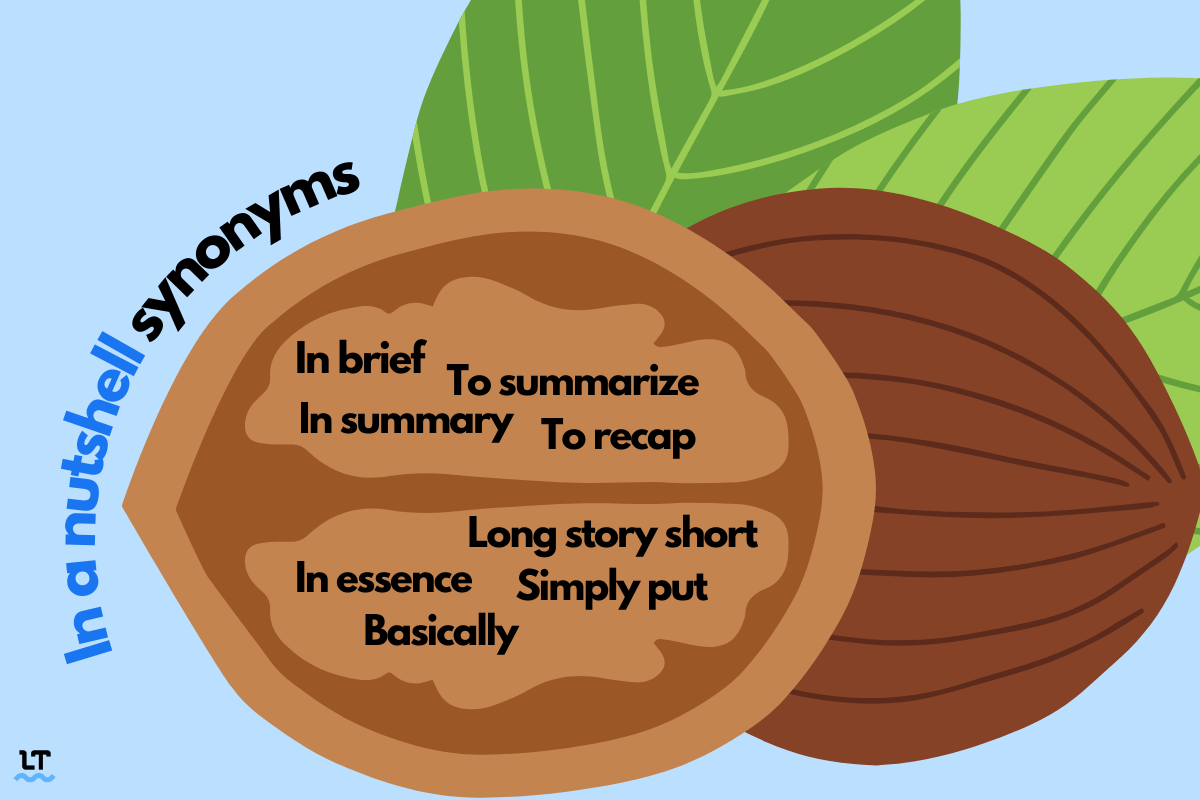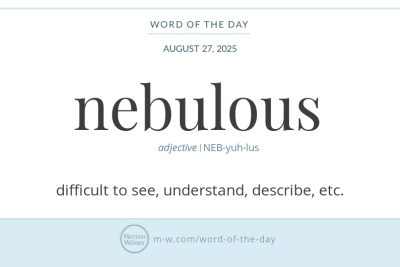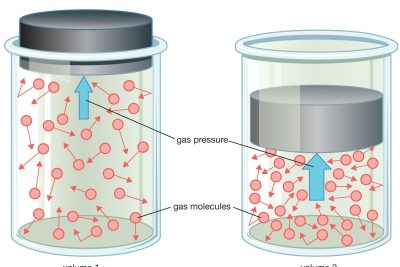
Nutshells: Definition and Meaning of Nut Shell Explained

When we talk about nutshells, it is often easy to overlook their significance beyond mere packaging. A nut shell serves not only as a protective covering for the seed within but also carries historical, nutritional, and practical importance that has been woven into various cultures throughout time. This article will delve into the various aspects of nutshells, exploring what they are, their anatomy, and their significance in our daily lives.
Understanding the definition of nutshell goes beyond its physical characteristics; it involves appreciating the role these structures play in nature and human life. The importance of nut shells can be traced back through history as a resource for various applications, making them essential components of ecological systems and human consumption. In this exploration, we will uncover all the intricacies of nut shells, examining their definition, anatomy, significance, and a wide range of practical uses.
Definition of Nutshell
The term nutshell refers to the hard, outer covering of a seed or fruit, typically that of a nut. This protective casing is integral for the nut, as it shields the vulnerable food source from environmental factors, pests, and physical damage. Each nut shell varies significantly in thickness and texture depending on the species, enhancing its protective qualities.
In casual usage, the phrase "in a nutshell" means to sum up something concisely, much like how a nutshell encases its contents in a small, manageable form. This idiomatic expression has transcended culture and language, illustrating the importance of nutshells beyond their biological role.
The Anatomy of a Nut Shell
The anatomy of a nut shell consists of several layers, each serving a unique purpose. These layers include:
- Exocarp: The outermost layer, often smooth or woody, offers initial protection against the external environment.
- Mesocarp: The middle layer, which may provide additional cushioning and structural integrity.
- Endocarp: The innermost layer that directly encases the seed. This part is crucial as it forms the boundary between the edible seed and its protective casing.
The complexity of these layers is remarkable and varies among different nut types, leading to a diversity of shapes and textures. Understanding the anatomy of a nut shell can enhance our appreciation for these natural wonders.
Historical Significance of Nut Shells
Throughout history, nut shells have played a pivotal role in various cultures. They have been utilized not just for their contents but also as tools and materials. For instance, ancient civilizations used them as containers, decorative items, or even in rituals. The endurance of nut shells over time illustrates their importance in traditional practices, showcasing human ingenuity in repurposing natural resources.
Nuts themselves have been harvested and cherished by humans for thousands of years, with archaeological evidence indicating their use dating back to Neolithic times. Regions such as the Mediterranean and parts of Asia have long histories of nut consumption, demonstrating how nut shells have been integral to culinary practices across cultures.
Practical Uses of Nut Shells
The practical applications of nut shells extend far beyond being simple protective casings. Today, they are recognized for their potential in various industries:
- Biodegradable Products: Some companies have started using nut shells in sustainable packaging solutions due to their natural and biodegradable properties.
- Crafts and Art: Many artisans repurpose nut shells for crafts, creating jewelry, home décor, and various artistic projects.
- Fertilizers: Ground nut shells can be used as a natural fertilizer due to their organic content, enriching the soil.
- Animal Bedding: Nut shells can also serve as an absorbent material for animal bedding, helping to ensure a dry and clean environment.
- Fuel: In some regions, nut shells are burned as a biomass fuel, providing a renewable energy source.
These practical uses of nut shells exemplify how something that might otherwise be considered waste can be transformed into valuable resources.
Nutritional Value and Health Benefits
Beyond their practical applications, nut shells also have notable nutritional properties, particularly in their role within the nuts they encase. The edible parts of nuts, such as almonds, walnuts, and pecans, provide significant health benefits, including healthy fats, fiber, vitamins, and minerals.
Moreover, some studies suggest that certain compounds found in nut shells may offer antioxidant benefits. While it's essential to note that the flesh of the nut is what primarily provides nutritional value, the shells themselves may contain beneficial properties. Research into the potential of using nut shells as a functional ingredient in health-related products is ongoing, demonstrating their versatility in promoting health and wellbeing.
Common Types of Nuts and Their Shells
Different types of nuts come with distinctive nut shells. Here are some of the most common varieties:
- Walnuts: These nuts have a hard, ridged shell that is notoriously difficult to crack but protects the nutritious seed well.
- Almonds: Almonds can come with either a hard nut shell or without a shell at all, known as "shelled almonds."
- Pistachios: These nuts are unique in that their shells often crack open naturally, revealing the nut inside.
- Pecans: Pecans have a smooth, hard shell that is easily removed to access the rich, buttery nut within.
- Brazil nuts: Encased in a much larger, woody shell, these nuts require special tools to break open.
Each type of nut shell has its own characteristics that influence not only the way nuts are harvested and consumed but also their storage and processing. Understanding these aspects can enhance our appreciation for these natural products.
Environmental Impact and Sustainability
The discussion surrounding nut shells inevitably leads to considerations of sustainability and environmental impact. With growing concerns about waste management and environmental degradation, the repurposing and recycling of natural materials such as nut shells have become increasingly important.
Investing in sustainable practices, such as turning nut shells into biodegradable products or compost, contributes positively to waste reduction efforts. Additionally, almonds and other nuts are often grown in large monoculture farms, raising questions about water usage and biodiversity. Choosing sustainably sourced nuts and ensuring that their shells are disposed of responsibly can mitigate some of these impacts.
Conclusion
In conclusion, nutshells represent much more than a simple casing for seeds. They encapsulate historical significance, practical applications, and nutritional benefits, making them an integral component of both nature and human industry. Whether through their role in ecological systems or innovative uses in crafts and sustainable products, the value of nut shells is multifaceted and enduring.
Recognizing the importance of nutshells and the need for sustainable practices surrounding their use will only continue to grow in importance as we navigate the challenges of the modern world. Their potential for repurposing and reimagining can provide solutions ranging from nutritional health to environmental sustainability.
Did you find this article helpful? Nutshells: Definition and Meaning of Nut Shell Explained See more here Education.
Leave a Reply






Related posts